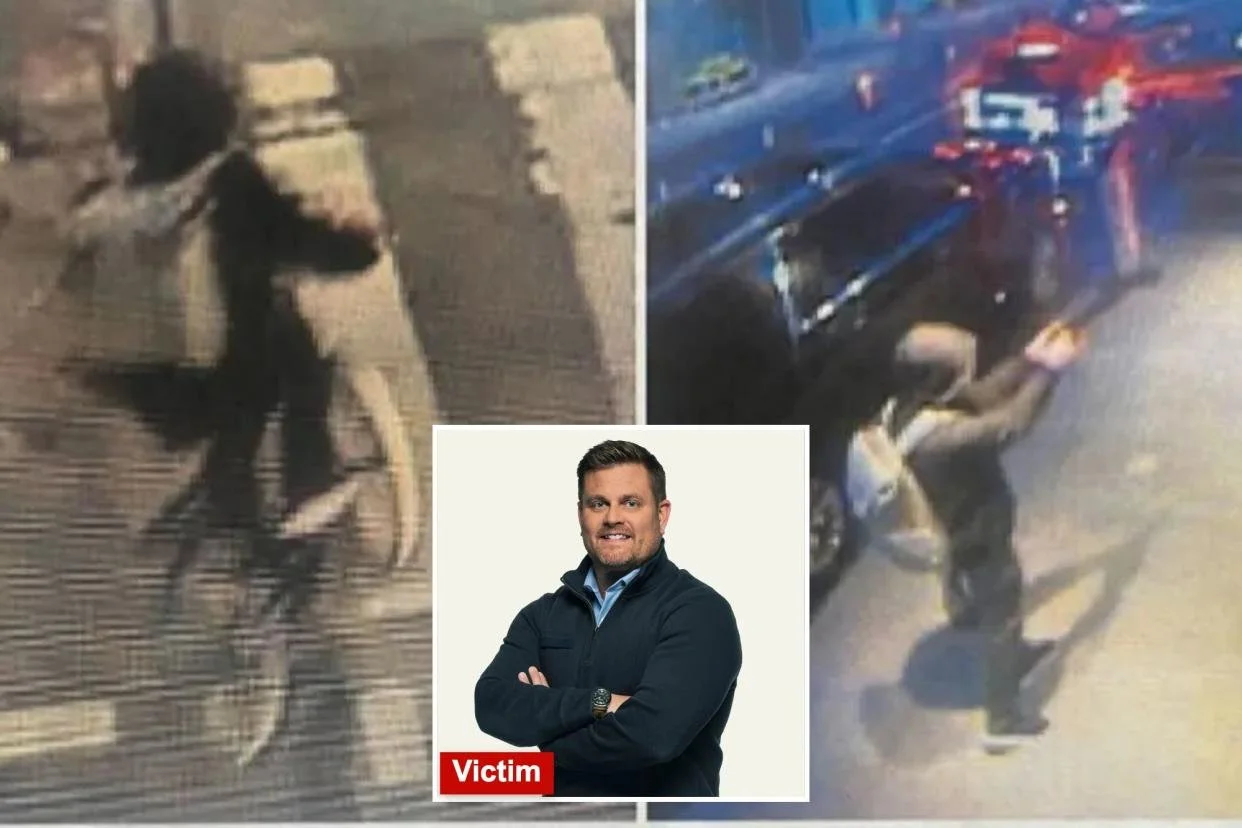The Hidden Dangers of Visibility: What the UnitedHealthcare CEO Shooting Reveals
On December 4, 2024, Brian Thompson, the CEO of UnitedHealthcare, was shot and killed outside the New York Hilton in broad daylight.
There were no prior threats. No personal vendetta.
His attacker, 26-year-old Luigi Mangione, had no known ties to Thompson. He wasn’t an ex-employee. He wasn’t a competitor.
He was, in his own words, trying to “make a statement.”
He walked up, executed the CEO at close range, and left behind shell casings engraved with a chilling message:
“Deny. Defend. Depose.”
The message wasn’t for Thompson. It was for anyone who saw him as a symbol of something bigger.
When Visibility Becomes a Liability
Executives often assume that risk comes from insider threats, hackers, or business rivals. But in an age of social triggers, fractured narratives, and public distrust in institutions, being highly visible makes you a target—whether you asked for it or not.
Mangione didn’t need to hack a database. He didn’t need a backdoor.
He needed a face, a name, a routine—and a reason.
And like many high-profile individuals today, Thompson had a public pattern:
A known role tied to a powerful system (healthcare)
A predictable schedule, including speaking events and hotel stays
No visible security footprint
It was all out there—and someone connected the dots.
What This Means for Leaders, Founders, and Families
Executives aren’t just managing teams or markets anymore.
They're managing visibility. And too often, they don’t realize how much of their life is exposed—until it’s too late.
This incident isn’t about healthcare. It’s about what your public presence reveals:
Your daily movement pattern
The people connected to you online
Your likeness, associations, and signals
The absence of protection posture
This Is Why Edge Point Group Exists
At Edge Point Group, we don’t sell fear—we expose reality.
We use real-world intelligence tradecraft to identify your digital, physical, and behavioral exposure—then we show you how to reduce it.
Not after a breach.
Before someone even thinks to try.
This isn’t cybersecurity.
This is total footprint visibility:
What Google says about you
What social media maps out
What someone can build about your habits without ever contacting you
If someone’s going to build a profile on you…
you should be the first one to see it.
Key Takeaways for Executives and High-Visibility Clients
Pattern is predictable until it’s audited.
If you haven’t assessed your digital and physical routines from an outside-in perspective, you’re already behind.Risk isn’t always personal—it’s symbolic.
You don’t have to be targeted by name. You just have to represent something someone wants to attack.Protective posture can’t wait for a breach.
Once someone acts, it’s too late to start planning.
What We Recommend
Start with a Personal Exposure Brief—a high-level snapshot of your current visibility and what it quietly reveals. From there, we offer deeper forensic assessments, family audits, and discreet training to close exposure gaps fast.
This work is quiet, effective, and designed for clients who can’t afford blind spots.
Because the truth is simple:
You don’t need to be hacked to be compromised.
You just need to be visible.
🔐 If you’re in the public eye—whether as a leader, founder, investor, or creator—your visibility is your liability.
Let’s make it your advantage instead.
→ Start with your Private Consultation.
[Visit edge-point-group.com or contact us confidentially to begin.]


